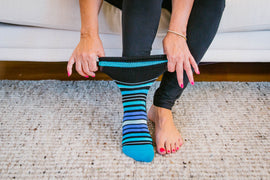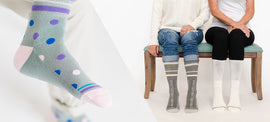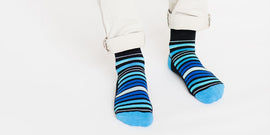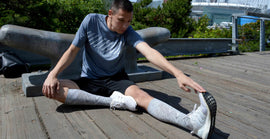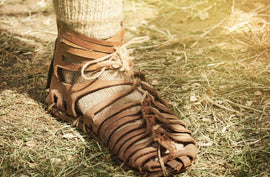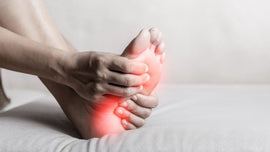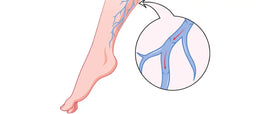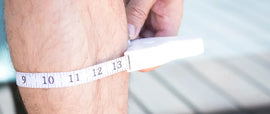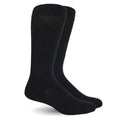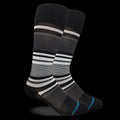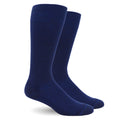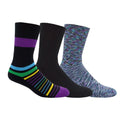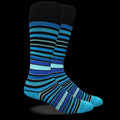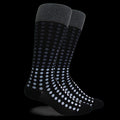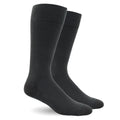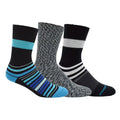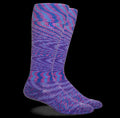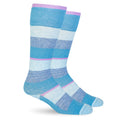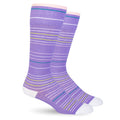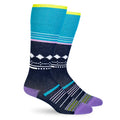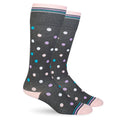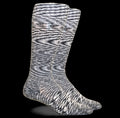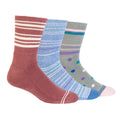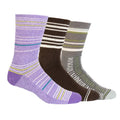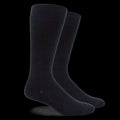Heel Spurs: Causes & Treatments
Posted by ALEXIS HORNSTEIN
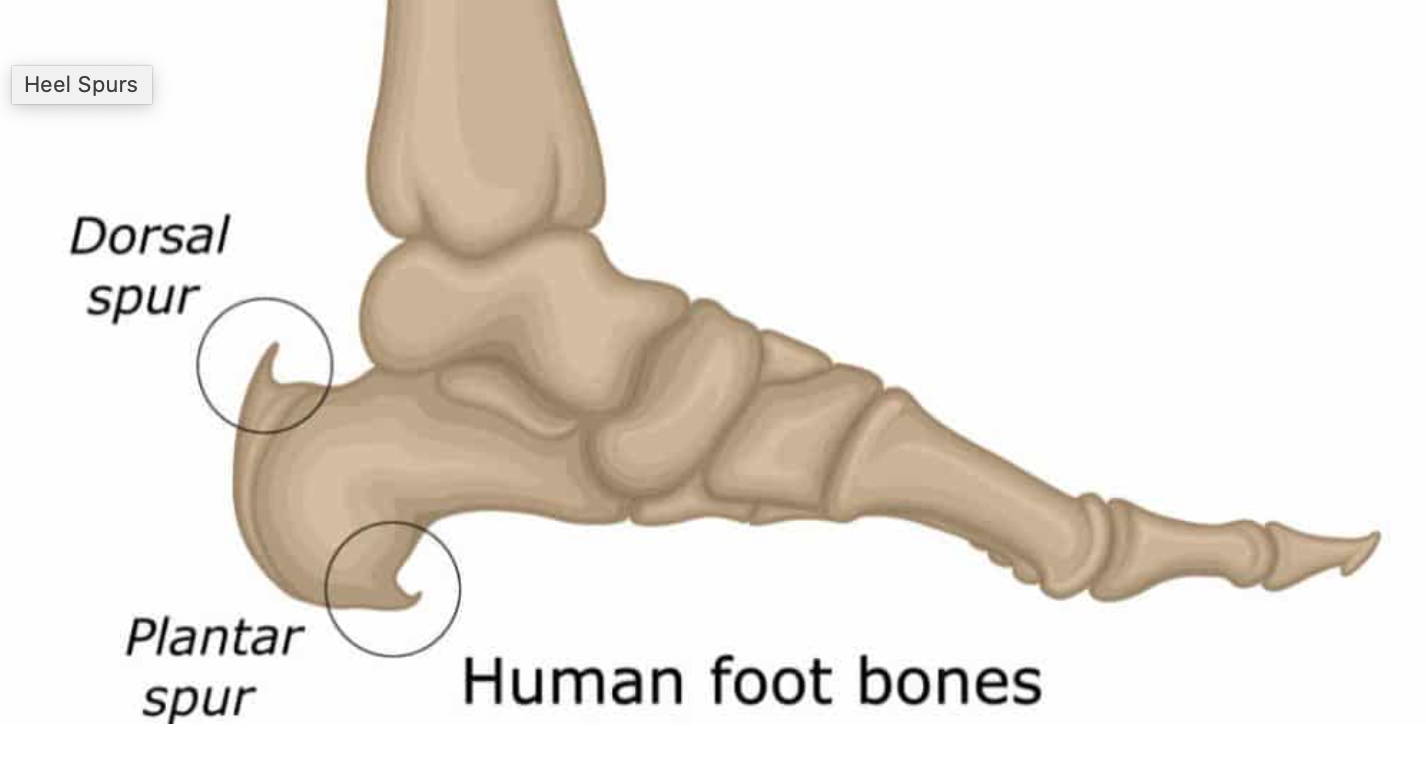
The average person takes more than 5000 steps a day. Over the course of our lifetime, this adds up to tens of thousands of kilometers of wear and tear on our feet. Approximately ten percent of people will develop a foot ailment known as a Heel Bone Spur in their lifetime which can make taking a few steps painful and burdensome.
Haven’t heard of a Heel Bone Spur, or looking for treatment options? Keep reading to learn more.
WHAT ARE HEEL SPURS?
Before discussing treatment options for Heel Bone Spurs, also known as Heel Spurs, it’s important to understand what a Heel Spur is.
Heel Spurs are excess calcium deposits that collect on the base of the heel bone over time. For people with larger Heel Spurs, it’s possible to see a protrusion where the spur has formed but typically Heel Spurs are not visible.
While not all Heel Spurs result in discomfort or pain, some people experience the following symptoms:
o More pronounced pain early in the morning
o Inflammation in the foot
o Sharp pain along the bottom of the foot
o A dull ache in the foot throughout the day
Heel Spur symptoms are often associated with tight muscles and connective tissues in the foot and lower leg. Learn more about Heel Spurs here.
WHAT CAUSES HEEL SPURS?
Heel Spurs can be the result of a number of conditions of lifestyle factors such as wearing poorly fitted shoes, wearing shoes without enough padding on the base, arthritis, flat feet or extra strain on your connective tissue and bones from exercise such as jogging.
Chronic Plantar Fasciitis often leads to the development of Heel Spurs. Check out our blog here to learn more about Plantar Fasciitis
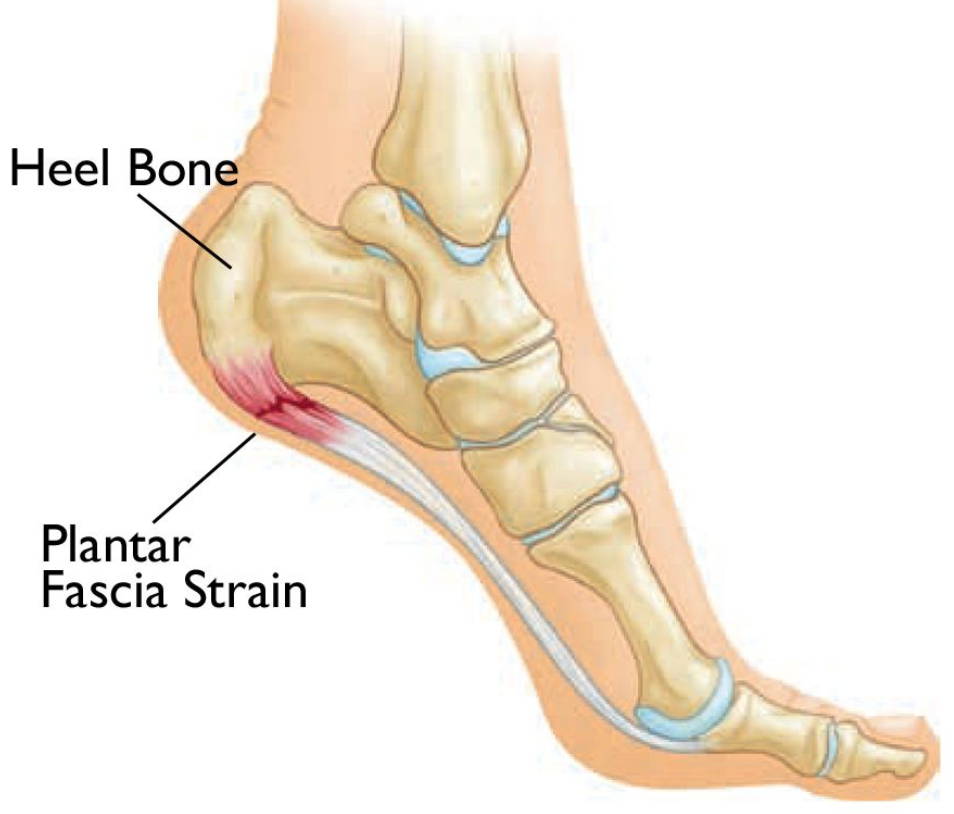
HOW TO TREAT HEEL SPURS
Fortunately, there are many treatment options for Heel Spurs, most of which are non-surgical. These treatments include:
1. Stretching – Because symptoms of Heel Spurs are often related to tight muscles and connective tissues in the foot and lower leg, stretching can assist with decreasing discomfort. Try stretching your calf by placing the balls of your feet on the edge of a step and slowly lowering your heels until you feel the stretch in your calf. Alternatively, sit on the ground with your legs stretched out in front of you and wrap an exercise band or towel around your toes. Gently pull back on the band or towel until you feel your calf muscles stretching.
2. Wear Compression Socks – Compression Therapy supports circulation in the feet and legs which supports muscle recovery and overall health. Since the symptoms of Heel Spurs are often felt in the muscles of the feet and lower legs, Compression Socks can help alleviate soreness and support faster muscle recovery. Compression Socks are also helpful in stabilizing Heel Spurs while spending hours on your feet. To learn more about Compression Therapy, check out our blog here.
3. Wear orthotics – Orthotics can help improve Heel Spurs by supporting the foot’s arch and improving the overall alignment of the foot. Orthotics can also ensure there is sufficient cushioning on the base of the foot which some shoes do not offer.
4. Use ice – Apply an ice pack to the inflamed area of the foot, or try freezing a bottle of water and rolling the foot over the frozen bottle for twenty minutes to reduce foot pain.
5. Surgery – The only way to get rid of Heel Spurs entirely is by having surgery to remove the growths, but physicians typically reserve surgery for cases that don’t respond to other treatments such as the ones listed above. Surgery is often a last resort because it may lead to chronic pain.
Browse our Stylish Designs
SHARE:




